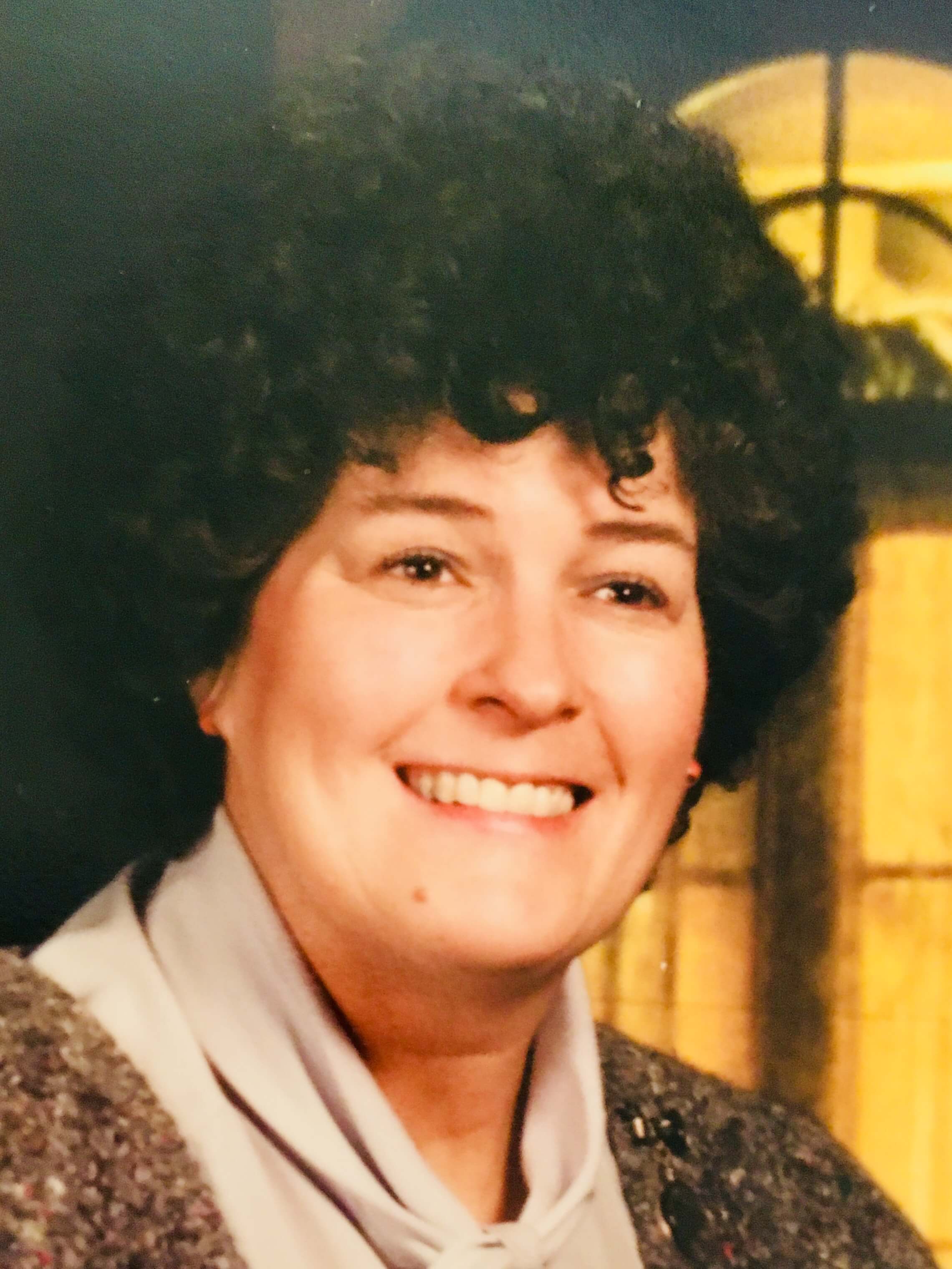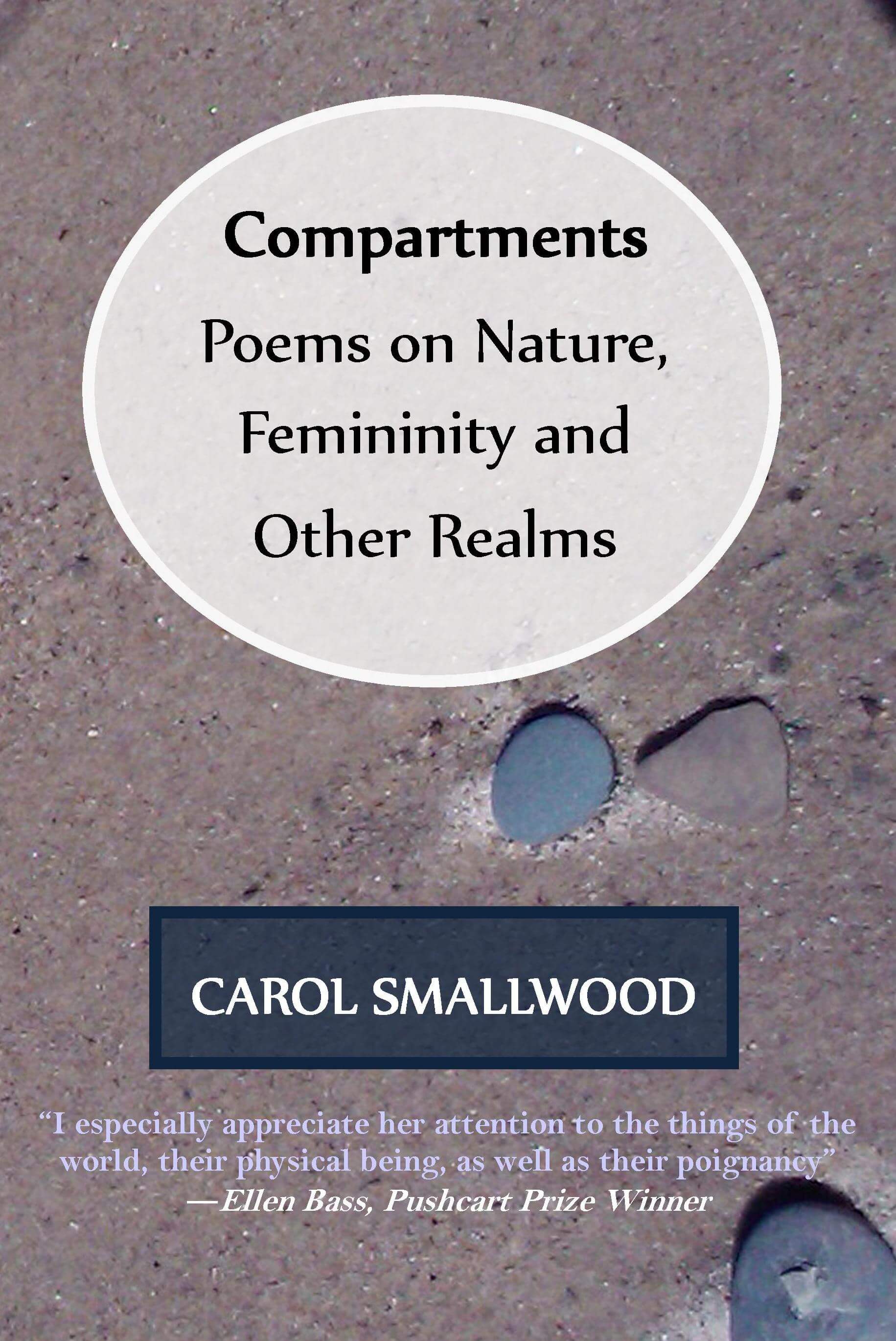Interview: Carol Smallwood
 Midwestern Gothic staffer Sydney Cohen talked with author Carol Smallwood about her book Compartments: Poems on Nature, Femininity and Other Realms, the subconscious roots of writing, working with formal verse, and more.
Midwestern Gothic staffer Sydney Cohen talked with author Carol Smallwood about her book Compartments: Poems on Nature, Femininity and Other Realms, the subconscious roots of writing, working with formal verse, and more.
**
Sydney Cohen: What is your connection to the Midwest?
Carol Smallwood: My connection to the Midwest goes back to homesteaders and I’ve always lived in Michigan and my children also live in Michigan.
SC: During your career as a librarian you wrote and published works that provided guidance and advice to other librarians in the field, including outreach programs and budget-saving methods. What changes did you work to implement in the field of library science, and how do you believe this field has evolved since your time as a librarian?
CS: My first book was on Michigan resources after teachers asked me what was out there to use for Michigan Week. There was so much available that was free it ended up being published by Hillsdale Educational Publishers and it was followed by an updated edition. The library field has of course been impacted by technology like every other profession and I was part of doing away with the card catalog and setting up the collection online.
SC: Your book of poetry, titled Compartments: Poems on Nature, Femininity and Other Realms, addresses varying spheres of life spanning from nature to domesticity to mortality. How did you go about tackling such a diverse breadth of topics in your collection? Is there a common thread running through each realm of your book?
CS: The title was used because that grouped the topics of the poems I’d already had written and which are really related to one another. Using a foreword, introduction, prologue, epilogue in my poetry collections is probably a reflection of being involved with nonfiction.

SC: Your newest collection, Prisms, Particles, and Refractions, blends together the seemingly disparate worlds of art and science. Your writing explores the metaphorical and literal texture of light in three sections that put physics and poetry in conversation with one another. What was your inspiration for writing this collection? What, if anything, did you discover about art or science that you did not know before?
CS: As a fan of astrophysicist Neil deGrasse Tyson, I was made even more aware in the meeting of science and philosophy. As he noted: “We are part of this universe; we are in this universe, but perhaps more important than both of those facts, is that the universe is in us.” It is exciting to live in times that have made such strides in the exploration and understanding of the cosmos. In Hubble’s Shadow (Shanti Arts, 2017) also examines the influence of discoveries. Understanding the human brain is also an exciting new frontier.
SC: The Midwest plays an important role in your family history, with your lineage rooted in Michigan. How does the Midwest feature in your writing, whether overtly or subtextually? What works of yours do you consider particularly Midwestern?
CS: We cannot get away from where we’re from: even the composition of our teeth is directly related to water as a child and our culture is so much part of us we do not see it. As far as using the Midwest in titles, I wrote an essay, “Midwestern Spring,” about the coming of the season in the Midwest for Interweavings: Creative Nonfiction (Shanti Arts, 2017). I edited the third edition of Michigan Authors—the last print edition before it became a Library of Michigan and Michigan Association of Media in Education database online: authors and illustrators are eligible for inclusion in Michigan Authors and Illustrators if they are born in Michigan, live or have lived in Michigan or have works about or set in Michigan.
SC: You have written an extremely impressive and extensive array of works, including poetry, fiction and nonfiction. What do you find is the most challenging aspect of the writing process? What comes easily for you?
CS: Nonfiction was what I started with, then I did fiction, then poetry. The most challenging is finding what you want to write about, or rather what you are capable, ready to do. Most writing I believe happens in our subconscious, that subterranean wild place of dreams: it is at odd times it pops out when it isn’t convenient, like when driving, trying to fall asleep. Brooding (often not knowing it) brings about the most finished work, that is, much of it has formed and you just need to let it go into words even if it only begins with a line, a concept.
SC: In the film industry, directors who have achieved a large amount of success are sometimes afforded a “blank check,” which they use to create whatever projects they want. As a writer who has achieved immense success and acclaim, do you find you have the agency and professional backing to create your own passion projects?
CS: Unfortunately, the poetry I often use is the formal or classical kind such as the pantoum, villanelle, and others, and editors sometimes prefer free verse, that is, nothing with rhyme and form. My poetry collections combine forms to appeal to different taste and am composing the rondeau now with the help of the great paperback: How to Write Classical Poetry: A Guide to Forms, Techniques, and Meaning
As far as library anthologies, they are topics I know will be popular, serve a need, and sometimes co-editors or publishers suggest topics; after editing, writing, or co-editing over five dozen, they still are enjoyable as librarians come up with wonderful work.
SC: When teaching English, what was the most important piece of advice you would tell your students?
CS: Read closely and be curious about word choice. I remember in the second grade the wonder of words came to me when the reading book had the word “suddenly” after all the one syllable words. It had power, mystery, was grown up, and couldn’t believe words could have such musical magic.
SC: If you could sit down with any author or book character, from any point in history, who would it be? What would you discuss?
CS: John Galsworthy is the one author I would really like to meet after reading him since high school. I’ve got most of his short stories, plays, essays, novels and keep learning from him. Over and over his novels never lose their relevance—the Nobel Prize Winner died before I was born but the world he creates is a place always new.
SC: What’s next for you?
CS: Next is more library anthologies and poetry collection under contracts. Hopefully another poetry collection now making the rounds will be accepted: A Matter of Selection and another collection inspired by a quotation is underway. I enjoy doing interviews more than book reviews and as poetry judge for the Women’s National Book Association am helping spread the word about its 2018 Writing Contest. Thank you very much for this opportunity.
**
Carol Smallwood’s over five dozen books include Women on Poetry: Writing, Revising, Publishing and Teaching, on Poets & Writers Magazine list of Best Books for Writers. Recent anthologies include: Writing After Retirement: Tips by Successful Retired Writers (Rowman & Littlefield, 2014); Bringing the Arts into the Library: An Outreach Handbook (American Library Association, 2014); Water, Earth, Air, Fire, and Picket Fences (Lamar University Press, 2014), Divining the Prime Meridian (WordTech Editions, 2015).
Her most recent literary collections are: Interweavings: Creative Nonfiction (Shanti Arts, 2017) and In Hubble’s Shadow (Shanti arts, 2017). Prisms, Particles, and Refractions (Finishing Line Press, 2017). Library Outreach to Writers and Poets: Interviews and Case Studies of Cooperation (McFarland, 2017);and Gender Issues and the Library: Case Studies of Innovative Programs and Resources (McFarland, 2017). Carol has founded and supports humane societies. She’s received multiple Pushcart Prize nominations and appears in Who’s Who in America; Who’s Who in the World, Wikipedia.






